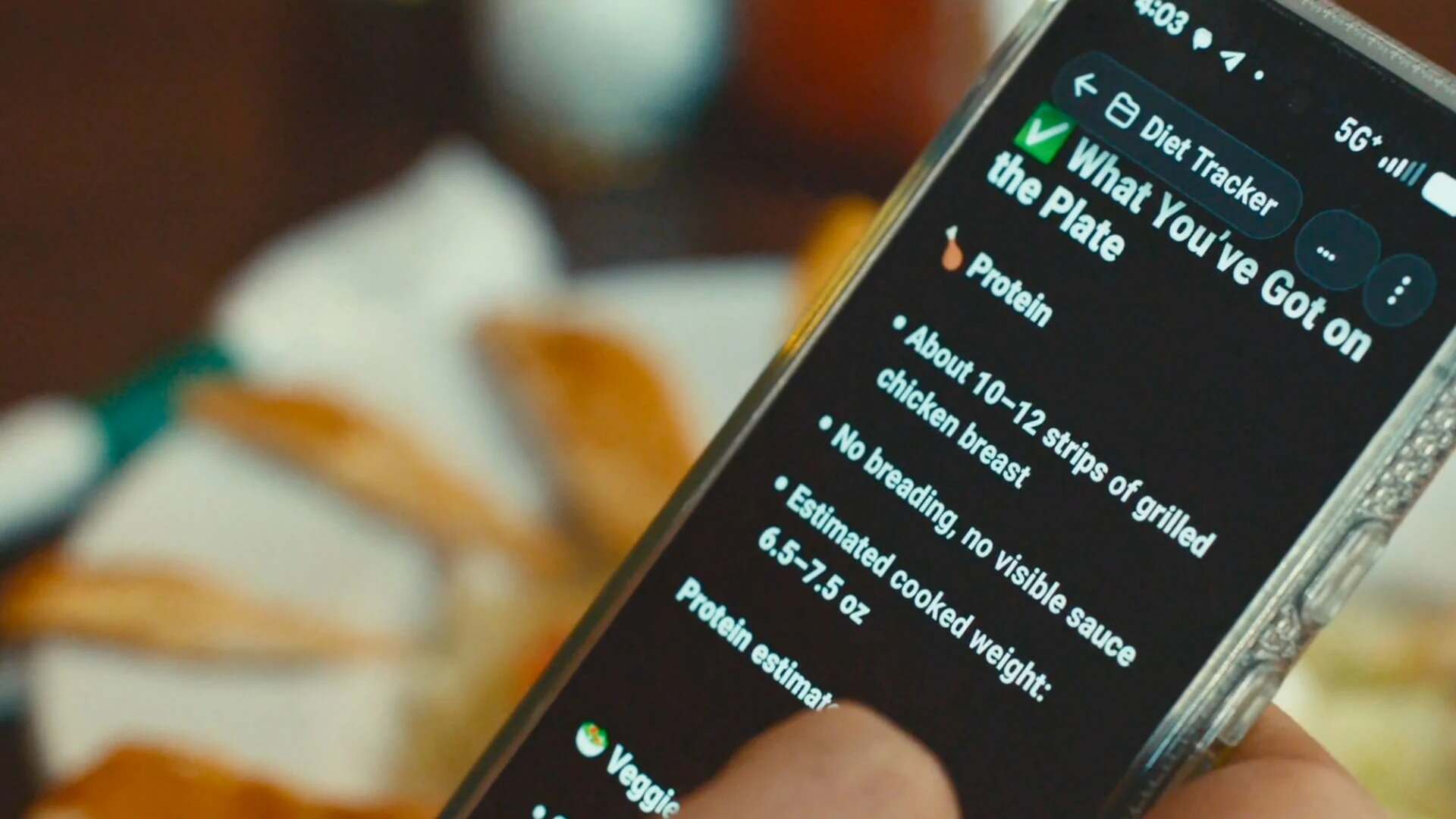- | 8:00 am
One year of Threads: How is Meta’s X rival really doing?
Meta’s app claims 175 million monthly active users, but it’s still far from clear whether the app—or any other—will be the next X.

When Meta launched Threads last July, it saw an immediate tidal wave of interest: 100 million people signed up for the social network within days, prompting many to wonder if CEO Mark Zuckerberg’s new gadget would unseat Elon and Twitter once and for all.
At the time, Zuckerberg expressed hope that the app would eventually get ten times as many people onto the platform. “It’ll take some time, but I think there should be a public conversations app with 1 billion+ people on it,” he said in a post last July. “Twitter has had the opportunity to do this but hasn’t nailed it. Hopefully we will.”
But as the one-year anniversary nears, Threads’ ascent has seemingly slowed, with the app now seeing about 175 million monthly active users, according to Meta. It’s a decent showing, to be sure, but a long way from 1 billion users. And it raises the question of whether any single app can be the successor to the platform now known as X, let alone expand the format to significantly larger audiences, in a time of increased audience fragmentation and skepticism toward social media.
“I think it’s a symptom of a much larger space in terms of all the competition within the microblogging place, and all the new apps that have come out whether it’s Mastodon, or Bluesky, or Post, or what have you,” says Ari Lightman, professor of digital media and marketing at Carnegie Mellon University. “There’s a sort of renewed interest associated with less utilization of social media in general, associated with everything from health to productivity to a variety of different things, and Threads came at just the apex of the conversation around that.”
Yet Meta remains enthusiastic about Threads, highlighting recent feature additions like an API letting developers automate content publishing, a more customizable web interface, trending topics, and enhanced integrations with the decentralized fediverse network of social sites. The platform allows users to share photos, videos, and other content, but 63% of posts are text-only, according to Meta. The Threads team is a bastion of Meta’s traditional hacking culture, with staffers communicating regularly with users and rapidly prototyping features they think people will want, like a recently launched tool to show live sports scores, says Emily Dalton Smith, VP of product for Threads.
“Every single week we’re looking at new ideas from the product team and the designers just pitching stuff, some of which makes it into the app quickly, some of which never goes,” says Smith. “The team is really biased toward shipping as fast as possible.”
KEEPING THINGS POSITIVE
Threads has found success as a meeting place for user communities focused on broad interest and pop culture topics like literature, basketball, and Taylor Swift.
“We had a big launch, and since then we’ve been building out the product and building out the core features and functionality,” says Smith. “And I think the most exciting thing is that we’re just seeing a really strong, retentive, burgeoning community, on Threads and a bunch of sub-communities, which are incredible.”
Like on other social platforms, users can add tags to posts to indicate they’re related to a particular topic or community—search for “Bookthreads,” for example, and you’ll find plenty of posts showing off bookstore finds or looking for a reading recommendation. In a recent search, Bookthreads posts seemed to be overwhelmingly upbeat—posts about recent favorites, glamor shots of color-coordinated book piles, and inspirational quotes about literature, rather than rants about controversial authors or novels with disappointing endings. That may not be an accident, since the Threads team has worked to maintain the app’s “friendly” environment.
“We’ve had a ton of feedback and requests to help maintain the friendly tone of the app,” Smith says. “People really love that about the app.”
That’s meant making it easy for people to control who can reply to posts and providing ways to hide particular threads or mute and block particular users. And on both Threads and Instagram, Meta announced earlier this year that it wouldn’t recommend political content from accounts people don’t follow unless they opt in. That move has been controversial among some journalists, activists, and others who have suggested that by making political content opt-in—rather than opt-out—Meta may be hiding it from some users who want to see it.
DIFFERENT HOSTS FOR DIFFERENT POSTS
It may also be a sign that no one platform will fully replace Twitter, which for a time was a singular destination for short form text content, whether that meant jokes and off-color rants about current events, announcements from politicians, automated weather reports, or updates about breaking news from journalists and people on the ground.
“What made Twitter exciting in its peak period was that you had many different groups of people all together, and there was accidental cross-communication that would happen all the time, and people would be shifting between, professional and personal interests,” says Kevin Driscoll, an associate professor in the Department of Media Studies at the University of Virginia. “And I think now, folks have turned to different practices.”
Some of Driscoll’s academic colleagues have moved their conversations to Mastodon, a set of decentralized servers connected through a network called the fediverse. And some professionals have pivoted to posting on LinkedIn or Bluesky, the competing X alternative cofounded by former Twitter CEO Jack Dorsey. Other groups have migrated their discussions to Discord servers, subreddits, or partisan forums like Donald Trump-affiliated Truth Social. And some people have cut their social media use entirely or shifted their discussions to private group chats.
Even in a more divided social world, Meta is betting that Threads can have a big role to play. The app just expanded its integration with the fediverse, announcing last week that users in more than 100 countries can now make posts visible to people using other fediverse-compatible platforms, like Mastodon servers. That option was previously only available in the U.S., Canada, and Japan. Those who do so can also now see and like replies from those other servers, and the company has said users will “eventually” be able to fully follow users on other servers.
“The fediverse community overall is very active, and has been active, on the app for a long time,” says Smith.
Some potential fediverse users have found choosing from the larger number of Mastodon servers, each with their own posting policies ,to be intimidatingly complex, so Threads may find an opening for a user-friendly, brand name gateway to the decentralized network.
LOOKING AHEAD
The developer API can also be of use to those who want to easily post content to multiple services, says Smith, as well as allowing for automated services posting content like weather reports.
Shifting API restrictions on X have reportedly limited how organizations like the National Weather Service can send automated messages to users there, including in emergencies. In general, X users have lamented that the platform is no longer the place it once was for finding real-time news, and Threads features like trending topics and live sports scores may help make it a viable replacement.
“Sports and culture are both really big for real time,” says Smith, pointing to events like the Tony Awards broadcast and news around Justin and Hailey Bieber’s pregnancy announcement. “A lot of real time events have been really positive and exciting on Threads.”
Of course, Threads also has the backing of Zuckerberg’s Meta empire. Threads is integrated with Facebook and Instagram, which means users of those popular platforms can sign up in just a few clicks, and Meta can remind users on its other apps when there are Threads posts they might find interesting. The platform also doesn’t currently run ads, and there’s no fixed timeline for when it needs to be monetized as it currently focuses on growth, Smith says.
“Reaching [175] million monthly actives in less than a year was really exciting for us, and it was a good sign that we’re on the right track,” says Smith. “And then we’re trying to just continue to grow as much as possible and respond to the user feedback as quickly as we can.”







































